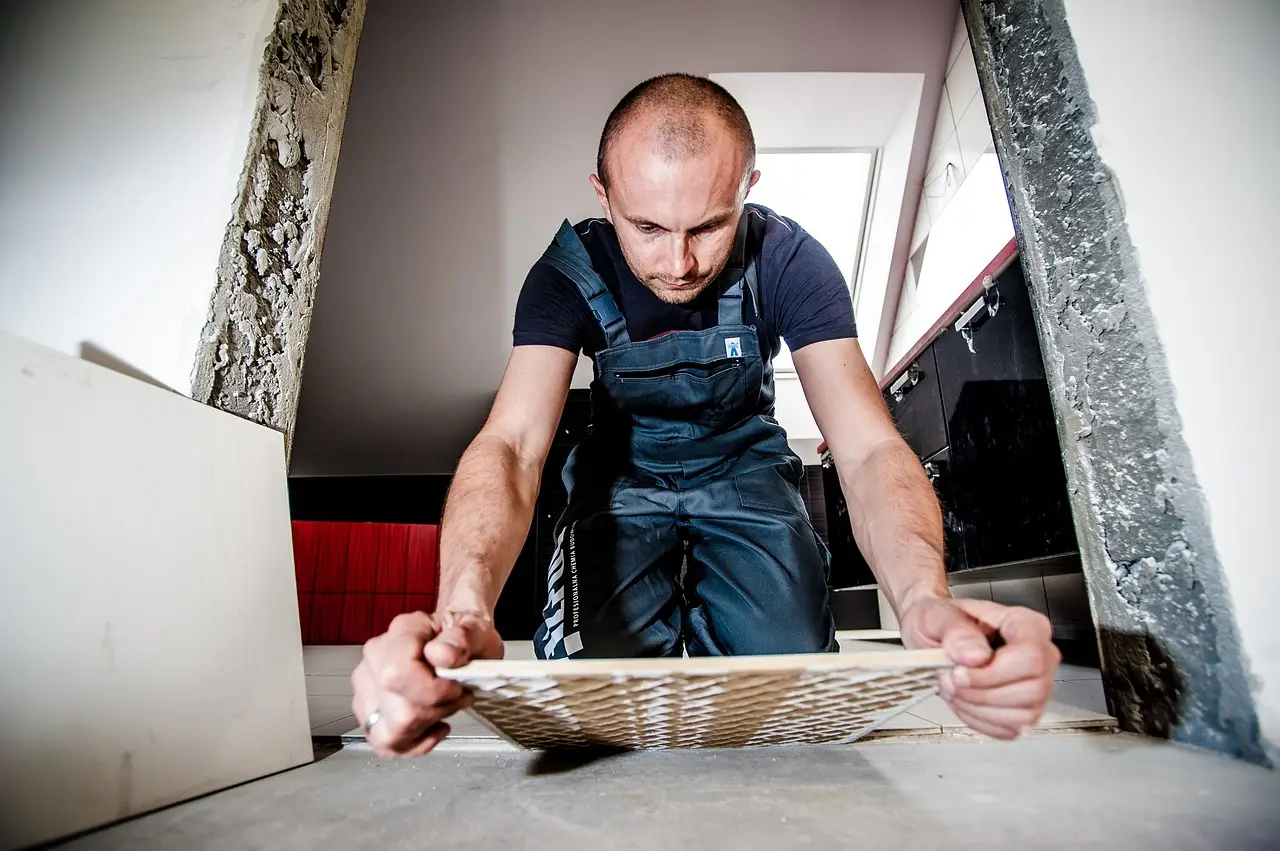What is Rope Access and Why is it the Future of High-Rise Maintenance?
I. Introduction
A. Definition of Rope Access
Rope Access is a specialized technique that allows trained professionals to access hard-to-reach areas safely and efficiently using ropes and harnesses. This method is particularly useful in situations where traditional scaffolding or aerial lifts may be impractical or prohibitively expensive. The roots of Rope Access can be traced back to industrial climbing practices and mountaineering techniques, which were adapted in the 1980s for use in various industries, especially in maintenance, inspection, and construction.
B. Importance of Rope Access in Modern High-Rise Maintenance
In our increasingly urbanized world, high-rise buildings have become ubiquitous. Their maintenance presents unique challenges due to height, accessibility, and safety concerns. Rope Access addresses these challenges, offering a flexible and efficient alternative for tasks such as window cleaning, facade maintenance, and structural inspections. As the skyline continues to evolve, the demand for innovative maintenance solutions like Rope Access is growing, making it an integral component of modern high-rise management.
C. Overview of the Article’s Focus
This article will delve into the various aspects of Rope Access, including its mechanics, necessary training, certifications, and how it compares to conventional access methods. Additionally, we will discuss the benefits of Rope Access and why it is poised to lead the future of high-rise maintenance.


II. Understanding Rope Access
A. The Mechanics of Rope Access
1. Description of Equipment and Safety Gear Used
Rope Access utilizes a variety of equipment designed to ensure the safety and efficiency of work performed at heights. Common gear includes harnesses, rope systems, ascenders, descenders, and protective helmets. The equipment is rigorously tested and maintained to withstand the demanding environments in which it is used, ensuring that professionals can perform their duties with confidence.
2. Overview of the Techniques Involved
Rope Access techniques primarily consist of single rope and multi-rope systems. Single rope systems are commonly used for vertical access, while multi-rope systems provide added stability, allowing for greater maneuverability and security. Techniques involve careful planning and execution of descent and ascent procedures, enabling technicians to navigate complex structures and various weather conditions.
B. Training and Certification
1. Overview of Required Training Programs (IRATA, SPRAT)
Professional Rope Access technicians must undergo rigorous training and certification to ensure their competence and safety on the job site. The International Rope Access Trade Association (IRATA) and the Society of Professional Rope Access Technicians (SPRAT) are two organization that oversee certification programs. These programs cover essential topics such as equipment handling, risk assessment, safety protocols, and emergency response procedures.
2. Importance of Ongoing Training and Safety Compliance
Given the nature of high-risk work environments, ongoing training is crucial for Rope Access professionals. Regular refreshers and updates on safety regulations help maintain a high standard of practice and ensure compliance with both industry and governmental safety guidelines. This commitment to safety ultimately benefits both workers and clients.
C. Comparison with Traditional Access Methods
1. Comparison with Scaffolding
Traditional scaffolding can be time-consuming and costly to set up, especially for high-rise buildings. It often necessitates permits and extensive planning, which can delay projects. In contrast, Rope Access requires minimal setup time and can be mobilized quickly, significantly reducing downtime and costs.
2. Comparison with Aerial Lifts
Aerial lifts, while useful, have limitations in accessibility. They may not be suitable for all types of building structures or in densely populated urban areas where space is restricted. Rope Access, on the other hand, allows access to hard-to-reach areas without the constraints posed by bulky machinery. The versatility of Rope Access equips technicians with the ability to work in various situations, ensuring that no area is out of reach.
III. The Benefits of Rope Access
A. Cost-Effectiveness
Using Rope Access often leads to significant cost savings due to reduced labor time and the elimination of extensive safety structures. Clients can achieve the same quality of maintenance and inspection at a fraction of the price, allowing funds to be allocated to other areas.
B. Safety Record
Rope Access boasts an impressive safety record, particularly when compared to traditional methods. The practices and protocols established by certification bodies like IRATA and SPRAT ensure that risks are minimized, making Rope Access one of the safest methods for high-rise maintenance.
C. Environmental Impact
Rope Access produces a smaller environmental footprint than scaffolding and aerial lifts. By minimizing material usage and reducing the amount of equipment transported to job sites, Rope Access is not only cost-effective but also eco-friendly.
D. Increasing Demand for High-Rise Maintenance
As cities grow taller, the demand for high-rise maintenance services will continue to increase. With its efficiency and cost-effectiveness, Rope Access is well-positioned to meet this growing demand.
IV. Conclusion
Rope Access is redefining the landscape of high-rise maintenance with its efficient, safe, and cost-effective solutions. As we look to the future, it's clear that this innovative technique will play a pivotal role in how we maintain the buildings that shape our urban environments. For businesses and professionals seeking high-quality services in high-rise structures, embracing Rope Access is not just the future—it’s the standard. For more information on how Rope Access can serve your high-rise maintenance needs, visit Rope Access in London.











